Particle Model Of An Element
The skyrmion, a topological solution of the pion field, used to model the low-energy properties of the nucleon, such as the axial vector current coupling and the mass.

Particle model of an element. Prediction of particle radiative heat transfer flux is an important task in the large discrete granular systems, such as pebble bed in power plants and industrial fluidized beds. The atoms of different elements are different as they have different numbers of protons. Basic demonstration explaining the assumptions of the particle model, and how the model applies to states of matter and processes such as melting, evaporatio.
Where would the dark matter particle fit inside a picture of the standard model of particle physics?. The particle model of matter. So, each element on the Periodic Table has its own type of atom.
In particle physics, an elementary particle or fundamental particle is a subatomic particle with no substructure, i.e. Isra is analyzing the properties of several samples of elements to find out which sample is a metalloid. Atoms of an element would be smaller than molecules formed.
This section attempts to present a simplified explanation of the Standard Model of Quantum Mechanics and analyze the compatibility with the contributions from Global Mechanics regarding elementary particles. Gauge invariance of the standard model. The parameters of this model are the strengths and stiffnesses of the bonds and particles.
A particle containing two or more elementary particles is called a composite part. An atom is the smallest unit of ordinary matter that forms a chemical element.Every solid, liquid, gas, and plasma is composed of neutral or ionized atoms. In this model, three of the four fundamental forces of physics are described, along with gauge bosons, the particles that mediate those forces.
2.Which particle model diagram represents only one compound composed of elements X and Z?. The objective of this contribution is to introduce the Discrete Particle Method (DPM), derived from Dis-crete Element method (DEM), and its software architecture. If there are many atoms of an element that are isotopes, the average atomic mass for that element will change.
Gravity is the one force not described by the Standard Model. Elements of relativity and quantum field theory, the quark model of hadrons, methods for detection and measurement of elementary particles, methods for calculating predictions for observable quantitites. Even though OOFEM is a framework for the finite element method, discrete elements can be easily implemented as a “pseudo-truss” structure, in which particles and links of the discrete model are considered as special.
According to DEM model, the translational and rotational motions of a particle at any time, t, can be described by Newton's law of motion :. In two dimensions, they investigated two breakage criteria, one based on the total pressure from all compressive contact forces on a particle, the other based on the largest contact force acting on a particle. Each simulated particle matched the actual three-dimensional (3D) shape of sand particles acquired from high-resolution 3D synchrotron microcomputed tomography (SMT).
Picture one Lego piece as a building block and a Lego castle as a large piece of matter. The periodic table of elements. There is no simple way to explain the logic of the set of elementary particles in the Standard Model of Particle Physics because there is none.
One of the earliest attempts to model particle crushing in DEM using the replacement method was by Åström & Herrmann (1998). The smallest particle that makes up any piece of matter is called a “building block.”. Particles currently thought to be elementary include the fundamental fermions, which generally are "matter particles" and "antimatter particles", as well as the fundamental bosons, which generally are "force particles" that mediate interactions among fermions.
An elementary particle can be one of two groups:. 1.Which diagram represents a mixture of two different molecular forms of the same element?. Standard Model of Elementary Particles The nucleus of an atom can be split into smaller components.
The nucleus is surrounded by a ’cloud’ of electrons. ‘< >’ operator represents an average calculation with respect to time. It is not composed of other particles.
All, choice and sequence. Why standard model particles cannot be dark matter particles. They are so small that accurately predicting their behavior using classical physics—as if they were tennis balls, for example—is not possible due to quantum effects.
If the atoms are the same, then it is a molecule of an element. Shop affordable wall art to hang in dorms, bedrooms, offices, or anywhere blank walls aren't welcome. Element declaration, wildcard or model group.
Element declaration, wildcard or model group. We propose an extension of the Discrete Element Method for the numerical simulation of cemented sands, in which spherical particles are bonded together by elastic beams connecting the centers of the spheres. Start studying Elements, Compounds and Mixtures particle diagram.
Therefore, four corresponding sets of constitutive parameters for four different particle shapes were implemented in a bounding surface model to predict both drained and undrained (constant volume) discrete element method (DEM) simulation. Each element consists of indivisible, minute particles called atoms. The model is used to explain the physical properties of solids, liquids and.
Discrete element analysis performed with YADE, with inertial effects gradually removed by damping. Part I introduces the basic concepts governing high-energy particle physics:. A fermion or a boson.Fermions are the building blocks of matter and have mass, while bosons behave as force carriers for fermion interactions and some of them have no mass.
In fact, there are dozens of additional particles that have been found in particle accelerator experiments. Please note that the masses of certain particles are subject to periodic reevaluation by the scientific community. To evaluate the uniformity of the TRISO particles nondestructively, 3-dimensional cone-beam computed tomography is used to image the SFE, and TRISO.
The particle you have to add to change the element is a Neutron particle. Atoms are extremely small, typically around 100 picometers across. This implies that, XSD particles correspond to the following three kinds:.
The protons have a positive electric charge, while the neutron is electrically neutral. (1) m i dv i dt = F n, i + F s, i + m i g and (2) I i d ω i dt = R F s, i where m i, I i, v i and ω i are, respectively, the mass, moment of inertia, translational and rotational velocities of particle i. The Standard Model is the most accepted way to explain how particles behave, and the forces that affect them.
Model parameters for the current study were calibrated based on experimental data that were acquired from unconfined compression experiments conducted on synthetic silica cubes. Definition of particles in Schwartz, Quantum field theory and the standard model. A model of the atom was developed where the nucleus is built from protons and neutrons that are very 1 Figure 1:.
Participants review the progression of ideas covered in the course and anticipate future developments in the understanding of matter. Learn vocabulary, terms, and more with flashcards, games, and other study tools. In’ is the incident field on the particle and the ‘v in’ is the particle velocity at the location of the particle.
1) 2) 3) 4). The Standard Model. The standard model shows how elementary “quantum” particles interact to form the known universe (so it explains the fundamental building blocks of nature like quarks, electrons, and photons and their interactions).
However, particles in real life may be different from element to element in the following ways:. All substances are made of particles. Brown loops indicate which bosons (red) couple to which fermions (purple and green).
The central model for the description of thermodynamic processes is the particle model, which will be described in more detail in this article. Up and down quarks, which make up the protons and neutrons in the nucleus, and electrons that surround the nucleus. Is a model that describes the arrangement and movement of particles.
Particle physicists now believe they can describe the behavior of all known subatomic particles within a single theoretical framework called the Standard Model, incorporating quarks and leptons and their interactions through the strong, weak and electromagnetic forces. This is a textbook of elementary particle physics whose goal is to explain the Standard Model of particle interactions. Modelling Brain Biomechanics Using a Hybrid Smoothed Particle Hydrodynamics and Finite Element Model H.
Some mixtures can be turned into compounds by making them undergo a chemical change. According to this model, the elementary particles are further. The particles move around (have kinetic energy).
In equations (3) and (4) ‘ρ p’ and ‘c p’ represent the density and speed of sound of the particle, respectively. Standard model of elementary particles:. Ghajari Dyson School of Design Engineering, Imperial College London ABSTRACT The cerebrospinal fluid (CSF) is one of the most challenging features to represent correctly in a finite element model of the head and brain.
The Standard Model of particle physics is the theory describing three of the four known fundamental forces in the universe, as well as classifying all known elementary particles. Extending the Particle Model of Matter In this session, participants extend their understanding of the particle model to explain additional macroscopic phenomena, including the electrical properties of matter. Nonuniform distribution of tri-structural-isotropic (TRISO) fuel particles in a spherical fuel element (SFE) may increase the failure probability of the SFE in the high-temperature gas-cooled reactor, leading to the release of fission products.
The particle model has four main tenets:. The Higgs boson, as proposed within the Standard Model, is the simplest manifestation of the Brout-Englert-Higgs mechanism. An element has no size - an atom is the particle of an element, and the molecule is the particle of a compound, or a collection of atoms.
The particle theory assumes that particles are the same in all substances. Neutron numbers are able to change the mass of atoms, because they weigh about as much as a proton and electron together. It was developed in stages throughout the latter half of the th century, through the work of many scientists around the world, with the current formulation being finalized in the mid-1970s upon experimental confirmation of the existence of quarks.
For particle motion and packing, discrete element method (DEM) now is widely accepted as the excellent Lagrangian approach. As described in detail in the article “Structure of matter“, substances consist of atoms or entire atom groups (called molecules).In general, such atomic units are simply referred to as particles. This particle is consistent with the Higgs boson but it will take further work to determine whether or not it is the Higgs boson predicted by the Standard Model.
High energy particle physics experiments in the recent past have brought into question certain parts of the model currently used in particle physics. If the atoms are different, then it is a molecule of a compound. Standard Model of Particle Physics Facts All ordinary matter, including every atom on the periodic table of elements, consists of only three types of matter particles:.
The Particle Model is a model proposed by father-son team Bob de Hilster and David de Hilster that the entire universe and everything in it can be described as particles including light, gravity, electricity, magnetic fields, atomic structure, charge, polarity, refraction, reflection, and mass increase to name a few. Since then, confirmation of the top quark, the tau neutrino, and the Hi. The 12 fundamental fermions and 5 fundamental bosons.
Atoms of different elements have different masses. Dec 3, 18 - Explore Science Teaching-Gene Easter's board "Particle models atoms" on Pinterest. We call the particle formed when more than one atom is chemically joined a molecule.
Protons are smashed together in particle accelerators until the point that they break into smaller parts called quarks. The "term" of a XSD particle, is of following three kinds:. See more ideas about Physical science, Teaching chemistry, Teaching science.
It sounds difficult, but it’s fairly simple once you understand the terms. For thermal radiation, traditional methods focus on calculating the obstructed view factor. The particles are attracted to each other (some strongly, others weakly).
The model group is of following three kinds:. All matter can be broken down into smaller pieces until you can’t break it down any smaller. All atoms of a given element are identical.
Particle A orbits the nucleus, and Particle B is located in the nucleus. The Standard Model of particle physics, which classifies elementary particles into several groups, is at the core of modern physics. The complete Standard Model took a long time to build.
The Standard Model describes how particles interact and provides a framework of conservation rules that give insight into what decays are possible.

Particles In Elements Compounds And Mixtures Activity

Science 5e Units Particles Of Matter Models Matter Science Elementary Technology Science Inquiry
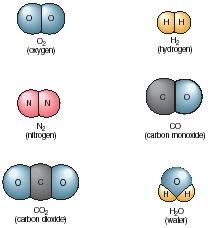
Molecule Body Water Type Chemical Form Reaction Oxygen Substance
Particle Model Of An Element のギャラリー

Atoms Molecules Elements Compounds Brilliant Math Science Wiki

Savvy Chemist Gcse Ocr Gateway Chemistry C1 1 The Particle Model

Gases Liquids Solids States Of Matter Kinetic Particle Theory Models Diagrams State Changes Melting Boiling Evaporation Condensing Freezing Solidifying Cooling Curves Particles Pictures Elements Compounds Mixtures Heat Conduction Electrical

Finite Element Model Coupled With Particle Method Download Scientific Diagram
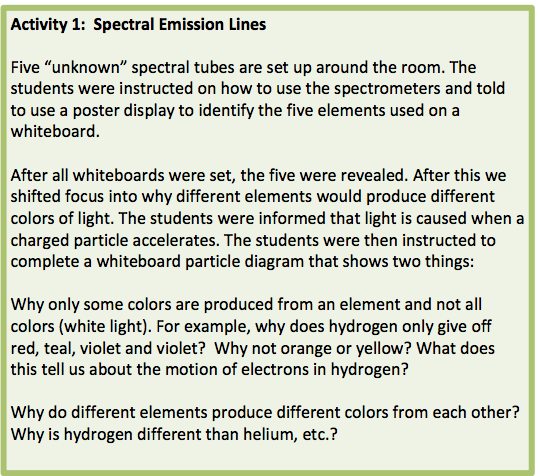
Giving Students A Working Model To Explain Interactions Between Matter And Light Chemical Education Xchange

Gases Liquids Solids States Of Matter Kinetic Particle Theory Models Diagrams State Changes Melting Boiling Evaporation Condensing Freezing Solidifying Cooling Curves Particles Pictures Elements Compounds Mixtures Heat Conduction Electrical

Dalton S Atomic Theory Postulates Limitations Concepts Videos Q A

Physics Schooluk Com Particle Model Of Matter Ks4

Macroscopic And Microscopic Simulation Of Silo Granular Flow Based On Improved Multi Element Model Jve Journals
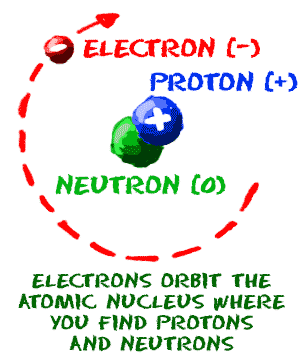
Chem4kids Com Atoms Structure
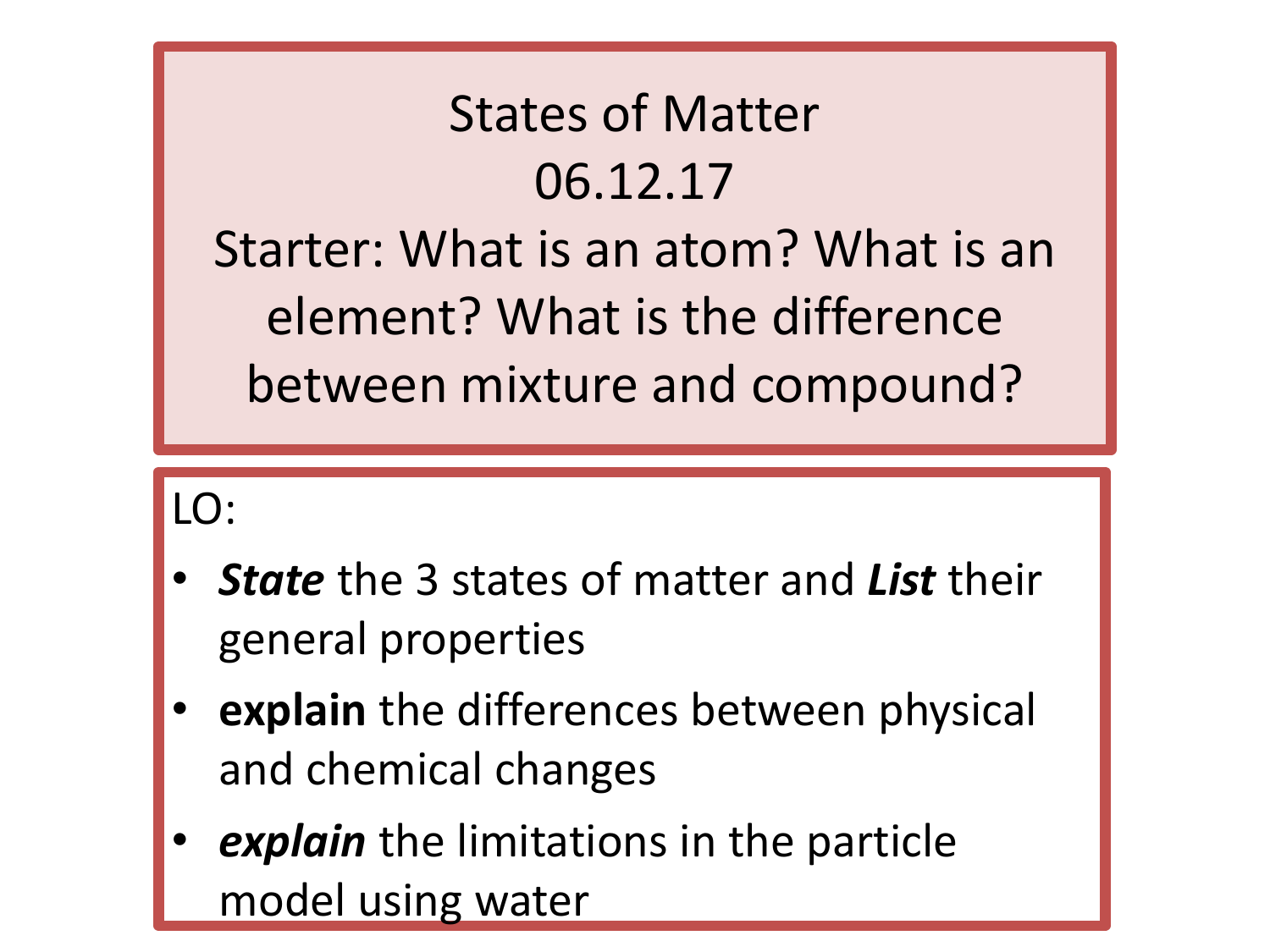
6a B States Of Matters 06 12 17
Q Tbn 3aand9gcseyobbyyxbjn6tvzukgg8pqxexr4l9yuq G9cwemw2k9xszngu Usqp Cau
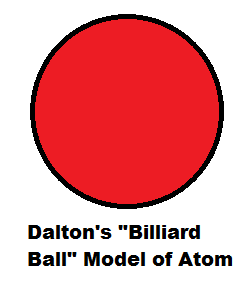
Atomic Models Wikilectures

The Structure Of An Atom Explained With A Labeled Diagram Science Struck

Physics Schooluk Com Particle Model Of Matter Ks4

Lithium Atom Bohr Model Atomic Number Particle Chemical Atom Miscellaneous Chemical Element Png Pngegg
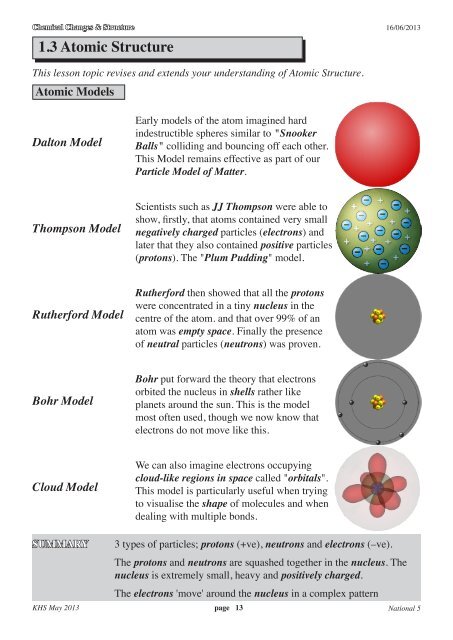
1 3 Atomic Structure Chemistry Teaching Resources

Chapter 1 The Organization Of Matter Ppt Download

What Is The Particle Model Of Matter Particle Model Of Matter Siyavula

Bohr Model Atomic Theory Subatomic Particle Science Science Chemical Element Angle Text Png Pngwing
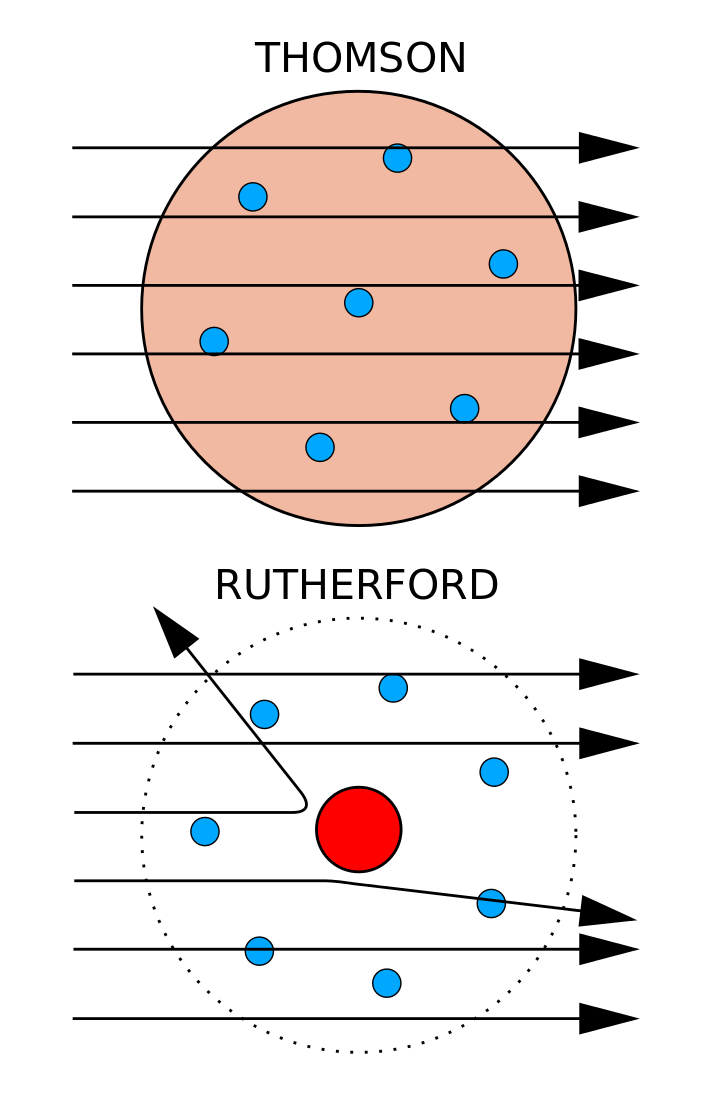
Experimental Evidence For The Structure Of The Atom
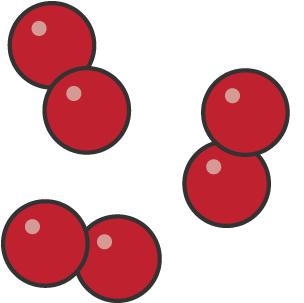
Atom Clipart Particle Picture Atom Clipart Particle

Model Two Particle Element Of An Mre Download Scientific Diagram
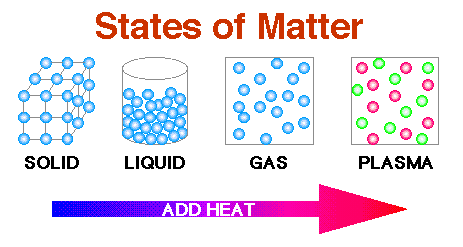
Savvy Chemist Gcse Ocr Gateway Chemistry C1 1 The Particle Model
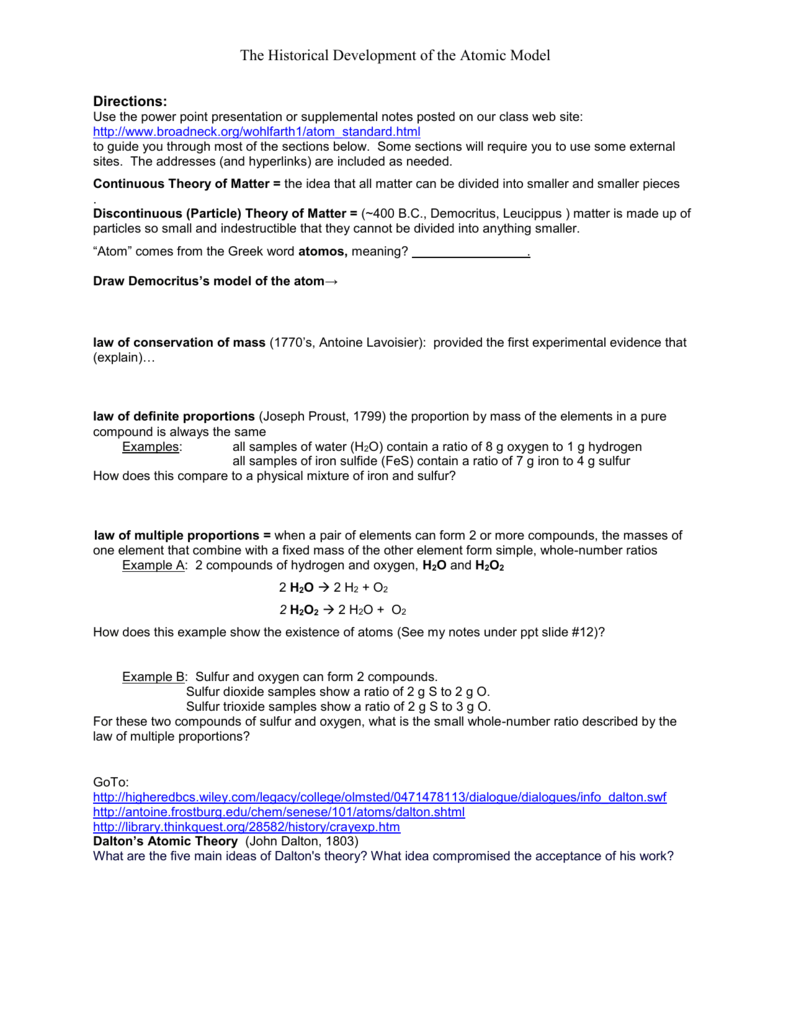
History Of The Atom Webquest
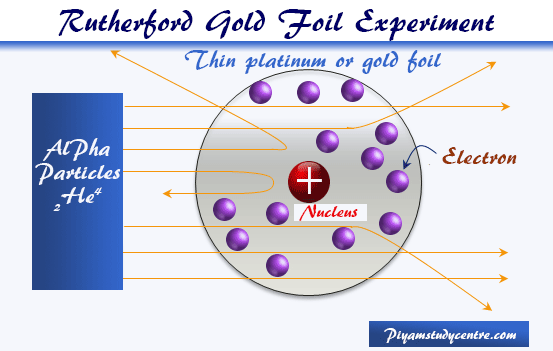
Rutherford Model Nuclear Chemistry Priyamstudycentre
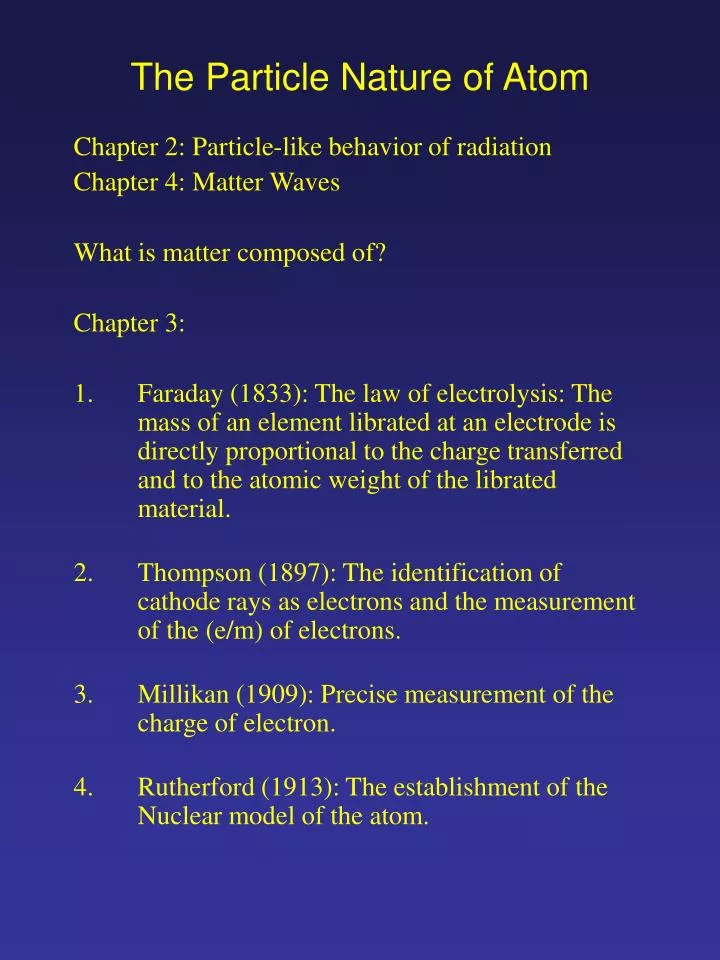
Ppt The Particle Nature Of Atom Powerpoint Presentation Free Download Id
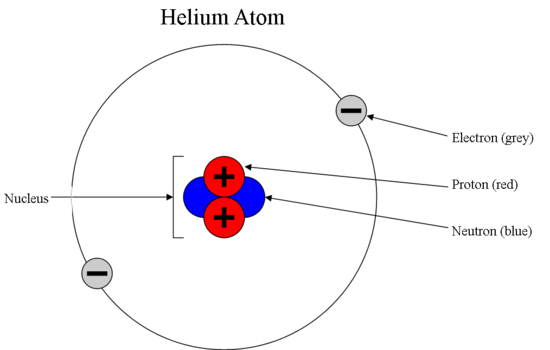
Sub Atomic Particles Chemistry Libretexts

Atomic Models Learn Chemistry Class 9 Amrita Vidyalayam Elearning Network

Elementary Particles

Sub Atomic Particles Chemistry Libretexts
Q Tbn 3aand9gcsvpqfkmil2ojn7adjedzpcx Wm9uun3oa3r3agadel7gw4 Iai Usqp Cau

Atomic Structure Electrons Protons Neutrons And Atomic Models
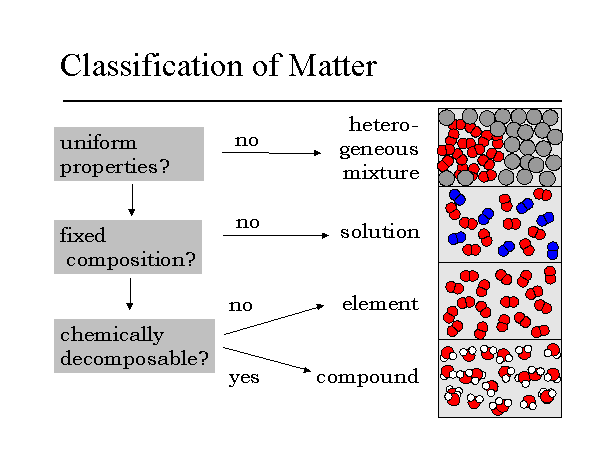
Models Of Matter Particle Model Schoolworkhelper
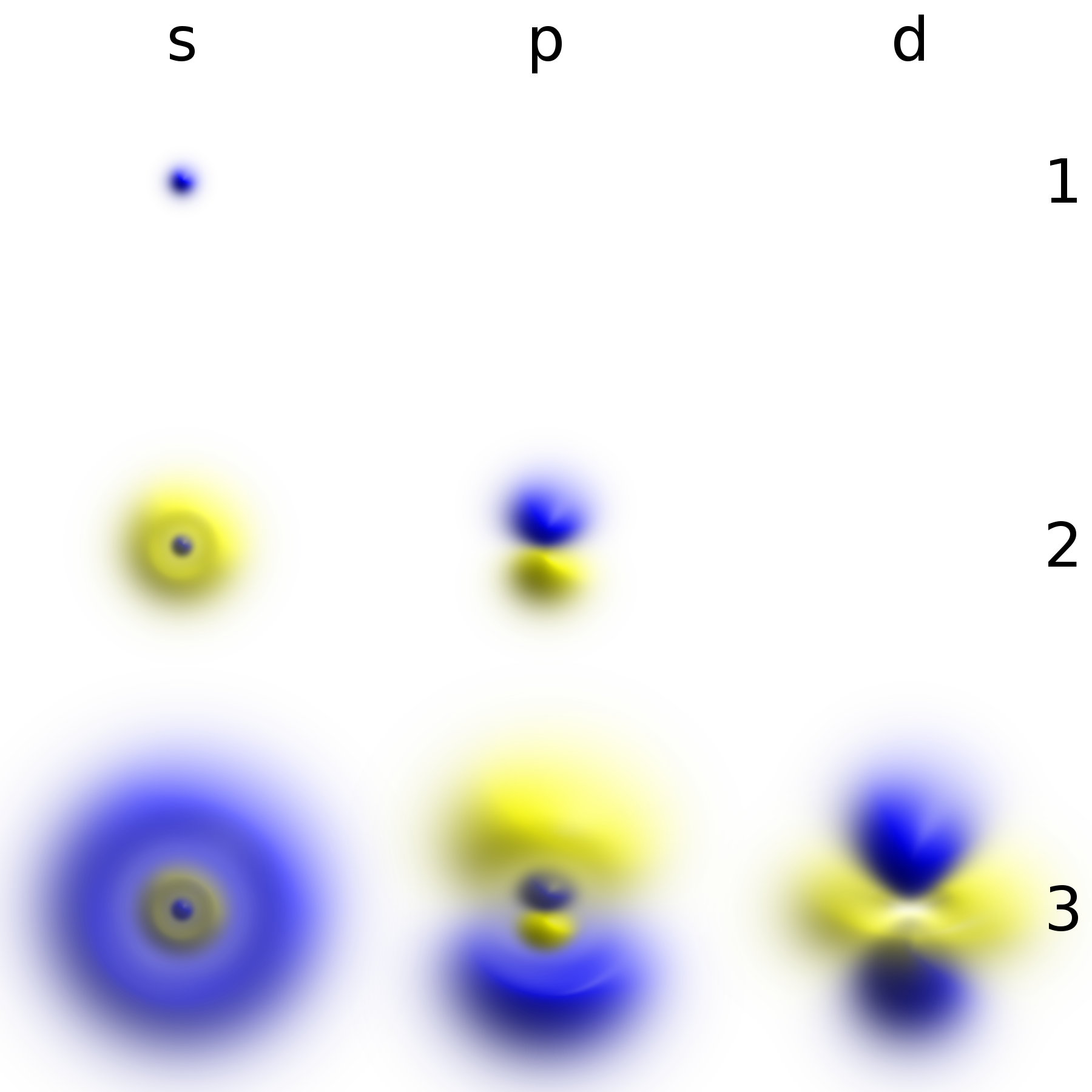
Electron Wikipedia

The Periodic Table Compounds Siyavula
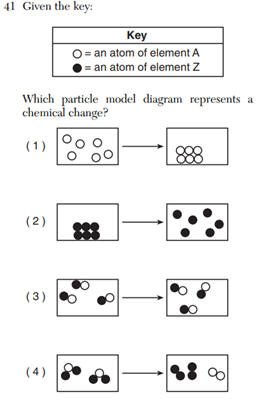
Regents Chemistry Exam Explanations January 18

Q Tbn 3aand9gctfartewihbdnjyaem1r7sa6aocres Yxcazw Usqp Cau
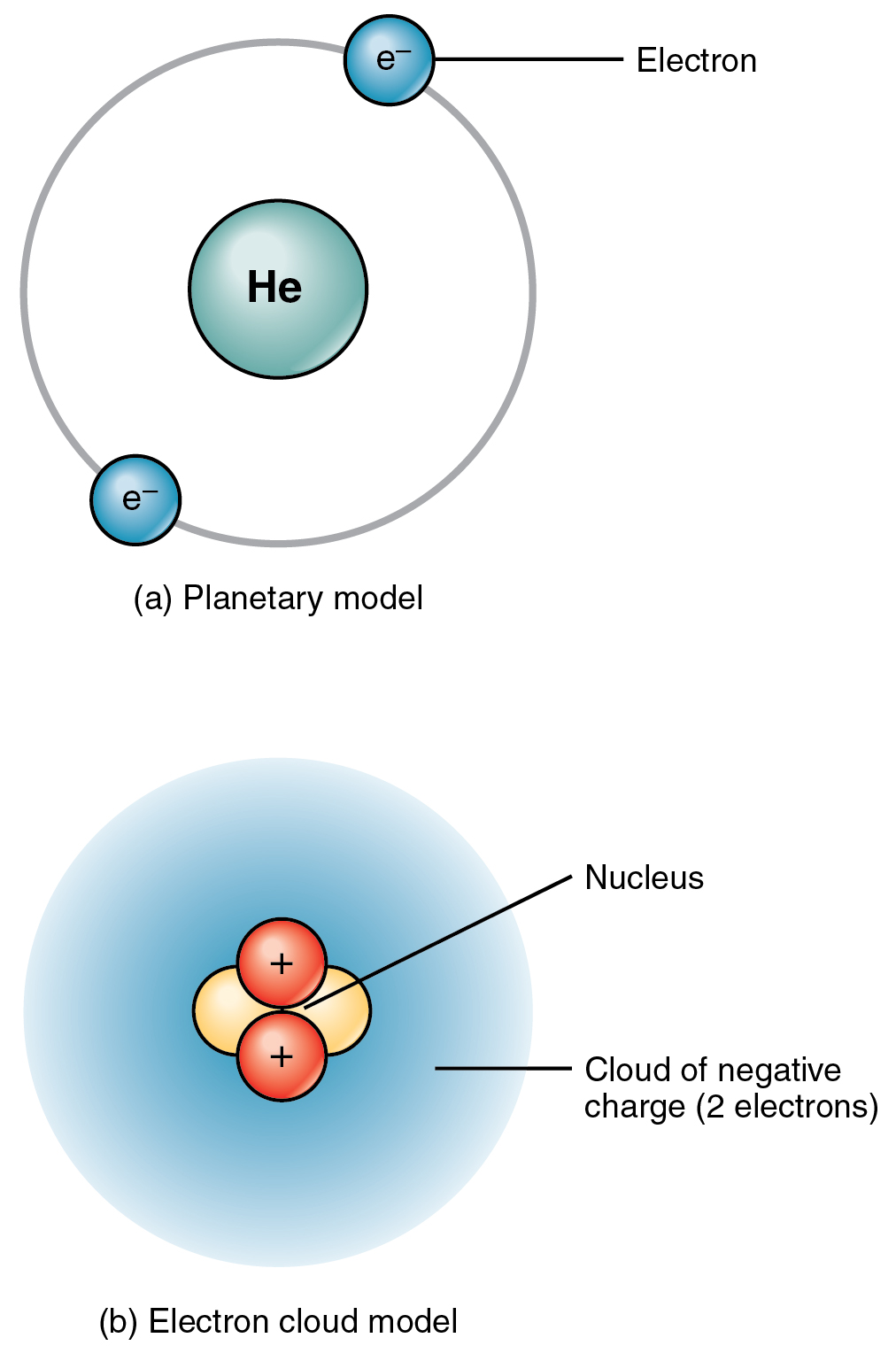
2 1 Elements And Atoms The Building Blocks Of Matter Anatomy And Physiology
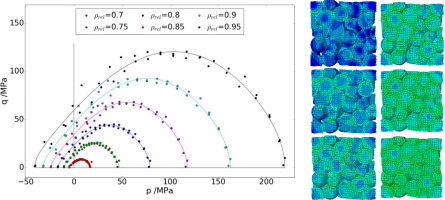
Modeling Yield Properties Of Compacted Powder Using A Multi Particle Finite Element Model With Cohesive Contacts Powder Technol X Mol

Chemistry L1 Atoms And Elements Learning Objectives 1 Describe What An Atom Is 2 Describe Particle Theory 3 Explain What An Element Is 4 Explain How Ppt Download
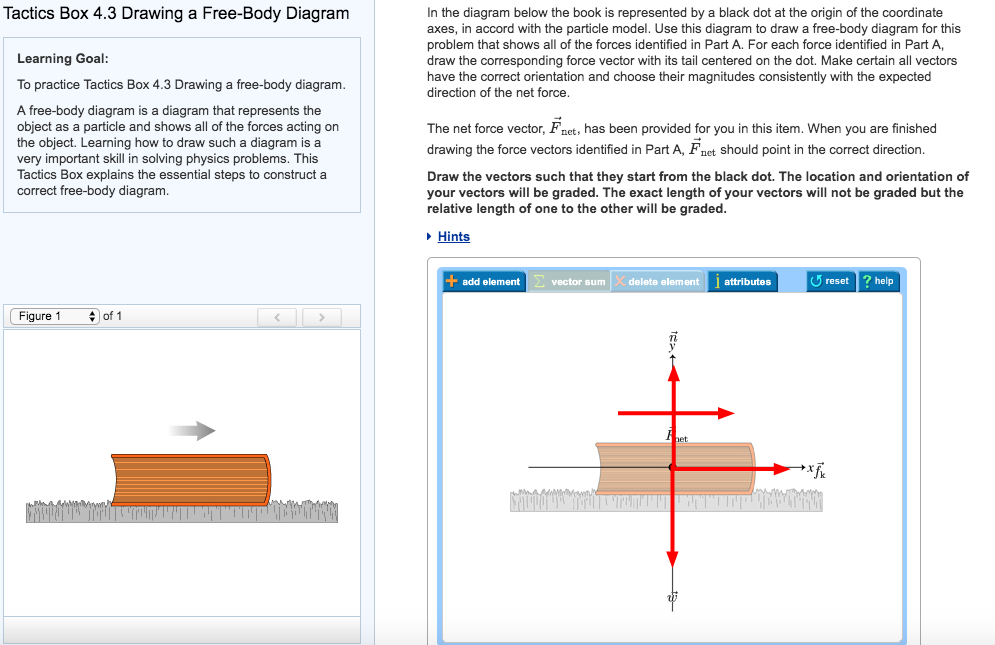
Solved Tactics Box 4 3 Drawing A Free Body Diagram In The Chegg Com

A Describe Thomson S Model Of The Atom Which Subatomic Particle

Particle Physics Wikipedia

The History Of The Atom Theories And Models Compound Interest

What Is The Particle Model Of Matter Particle Model Of Matter Siyavula

Rutherford Model Definition Facts Britannica

History Of The Atom Ck 12 Foundation

A Discrete Particle Model For A Chain Of Cylinders With Alternating Download Scientific Diagram

What Is Electricity Learn Sparkfun Com

Review Atoms And Elements And Particle Model Teaching Resources

Four Element Model Of Particle Physics Liao Jen Chyi Amazon Com Books

M M Model Of The Atom Edible Subatomic Particles Howtosmile

A Contact Model For The Normal Force Between Viscoelastic Particles In Discrete Element Simulations Sciencedirect
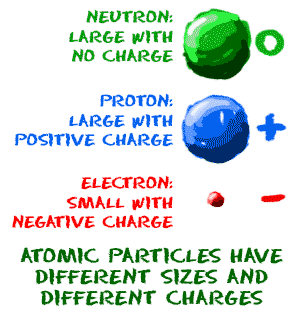
Chem4kids Com Atoms Structure
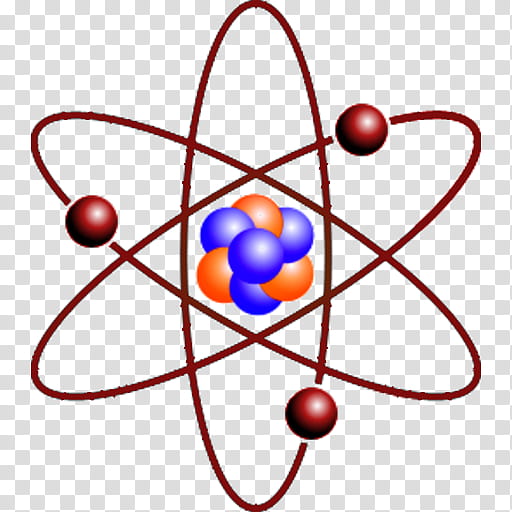
Chemistry Atom Electron Proton Neutron Particle Bohr Model Chemical Element Transparent Background Png Clipart Hiclipart

Pdf Discrete Element Modelling Of Rock Communition In A Cone Crusher Using A Bonded Particle Model Semantic Scholar

Figure 1 From A Study Of Magnetic Particles Behavior By Magneto Cosserat Continuum Theory Semantic Scholar
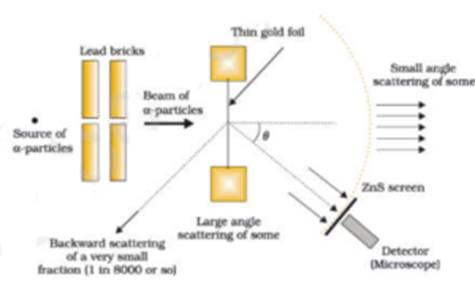
Rutherford S Model Of Atom Its Propositions Merits And Demerits

Ncert Exemplar Class 9 Science Solutions Chapter 4 Structure Of Atom Access Free Pdf

Topic 3 The Atom Section 1 Early Theories Of The Atom Ppt Download
Q Tbn 3aand9gct6c6vgi3osdci1tz3zfiulapk6pr U Rn7lgi18oycmajz3flq Usqp Cau

What Is The Particle Model Of Matter Particle Model Of Matter Siyavula

The New Particle Model Of The Atom Youtube
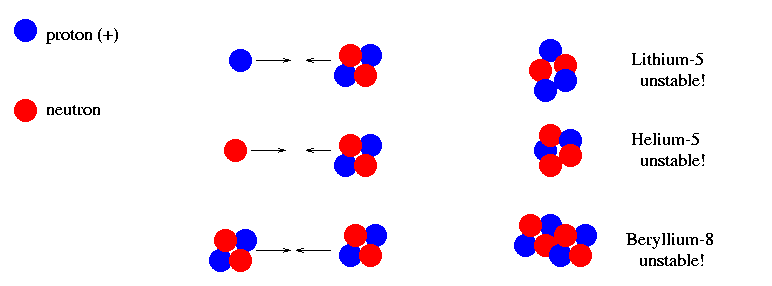
The Big Bang Model
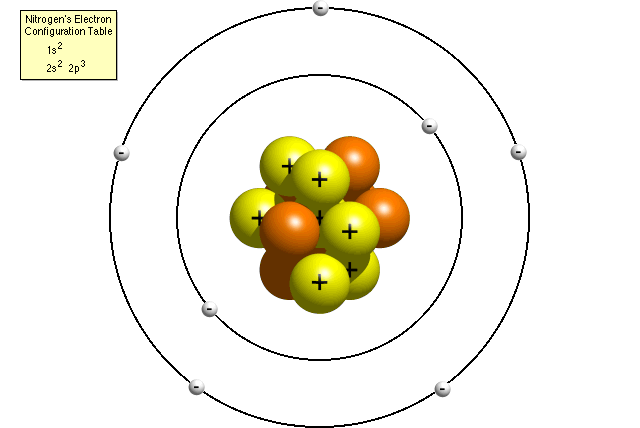
Questions And Answers How Do I Make A Model Of An Atom
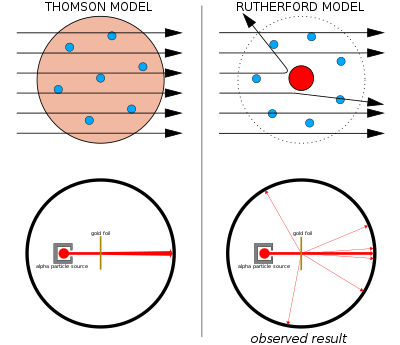
Atomic Theory Wikipedia

173pdf Pdf

Summary Atoms Siyavula
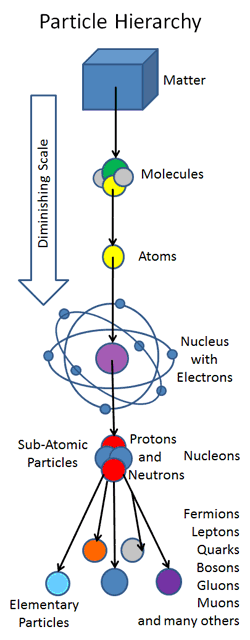
The Standard Model Of Particle Physics

Summary Atoms Siyavula

A Review Of Discrete Modeling Techniques For Fracturing Processes In Discontinuous Rock Masses Sciencedirect
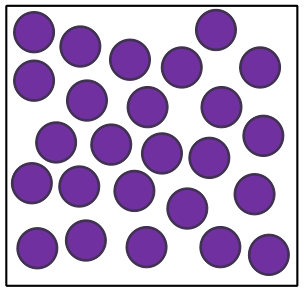
Natural Sciences Grade 8

Gases Liquids Solids States Of Matter Kinetic Particle Theory Models Diagrams State Changes Melting Boiling Evaporation Condensing Freezing Solidifying Cooling Curves Particles Pictures Elements Compounds Mixtures Heat Conduction Electrical

Elementary Particles

Rutherford S Atomic Model Chemistry For Non Majors

Atom Chemistry Molecule Chemical Element Electron Particle Model Project Transparent Png

Alpha Particle Scattering And Rutherford S Nuclear Model Of Atom Models
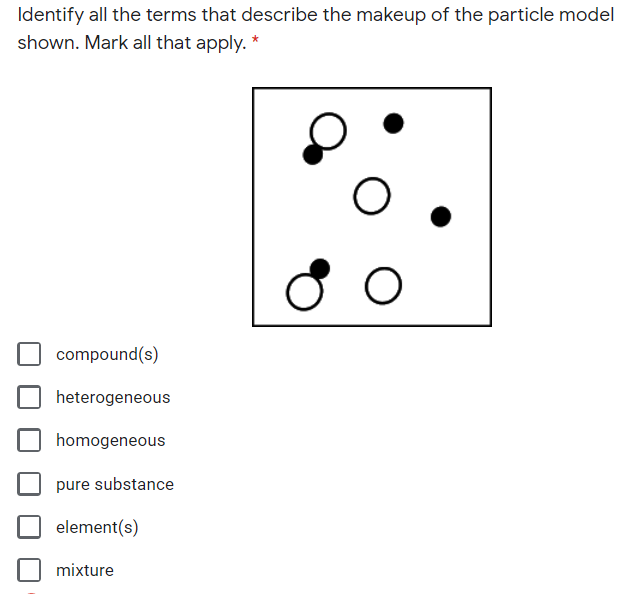
Solved Identify All The Terms That Describe The Makeup Of Chegg Com
Q Tbn 3aand9gcsgqkd0jol5loeex Wjbh4 X6wbi0enwqlbiq0swsdlkowpf7v9 Usqp Cau

Substances And Mixtures Activity

Physics Schooluk Com Particle Model Of Matter Ks4

Gases Liquids Solids States Of Matter Kinetic Particle Theory Models Diagrams State Changes Melting Boiling Evaporation Condensing Freezing Solidifying Cooling Curves Particles Pictures Elements Compounds Mixtures Heat Conduction Electrical

Elementary Particles

Physics Schooluk Com Particle Model Of Matter Ks4

Identifying Elements And Compounds From Particle Diagrams Youtube

Sub Atomic Particles Chemistry Libretexts

Macroscopic And Microscopic Simulation Of Silo Granular Flow Based On Improved Multi Element Model Jve Journals

Untitled Document

Subatomic Particles Atomic Model Project123
Rutherford Model Wikipedia

U1 L11 Drawing Particle Diagrams Youtube

Elements Compounds And Mixtures Matter Pure Substances Elementscompounds Mixture Ppt Download

5 Atom Models Atom Models Bohr Chemistry En Nuclear Plum Pudding Science Solid Sphere Wave Mechanical Glogster Edu Interactive Multimedia Posters

Revision Notes For Science Chapter 4 Structure Of The Atom Class 9th Askiitians

Subatomic Particle Wikipedia
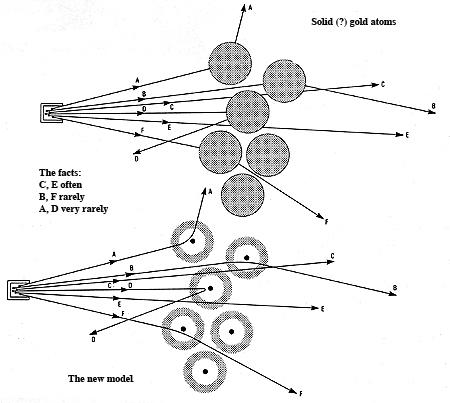
Model Of The Atom Iopspark

The Solid Sphere Model

The Force Diagram Of Abrasive Grains In The Workpiece Runner 2 Download Scientific Diagram

Elementary Particles

5 1 Evolution Of The Atomic Model Pdf Free Download



